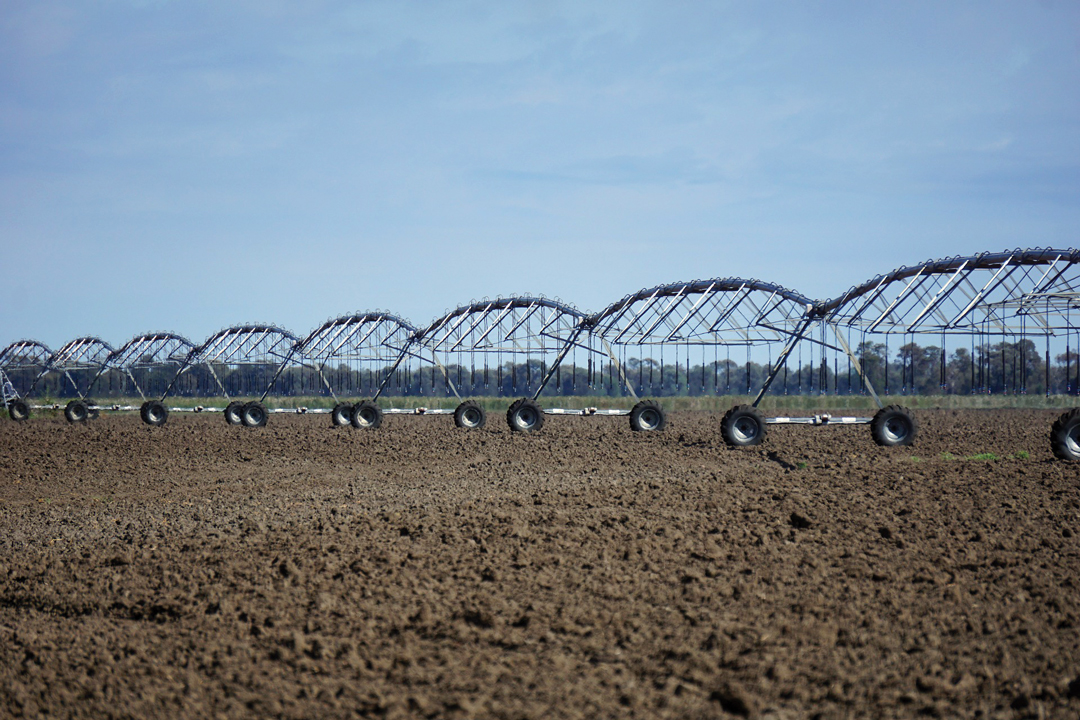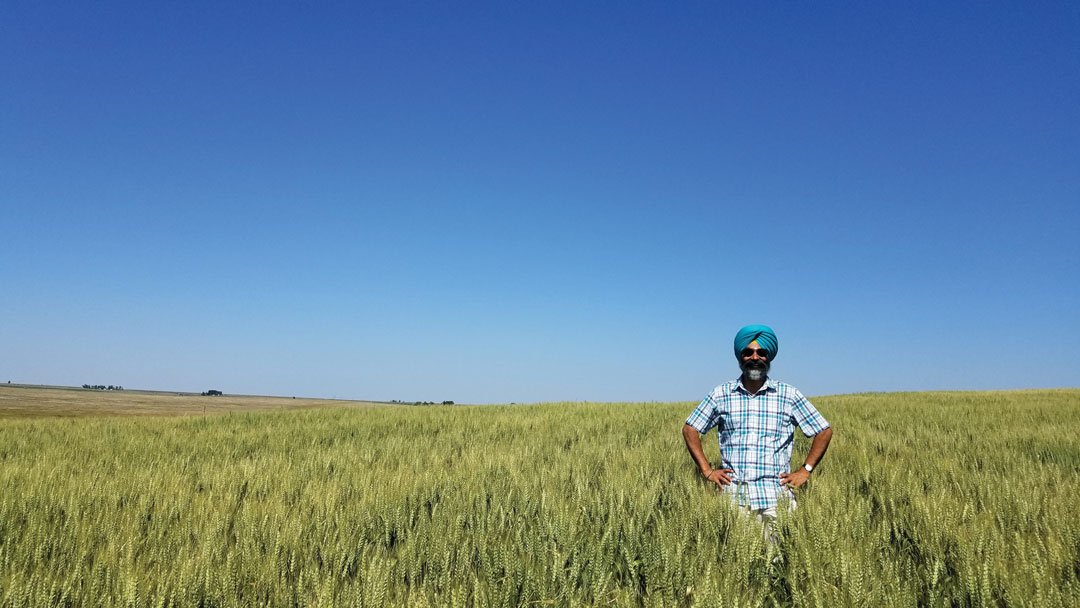FLOW OF IRRIGATION MONEY TO BE MAINTAINED
BY TREVOR BACQUE • PHOTO: PIXABAY
Alberta’s irrigation districts will continue to receive rehabilitation funding through 2022, albeit less than the historical average. In 2020, the 13 districts will share $14 million of Irrigation Rehabilitation Program (IRP) cash, a drop of about $6 million from the previous year. Next year, the districts will be allotted $10 million followed by $12 million in both 2021 and 2022.
“Though the funding is less, the sector is very grateful,” said Margo Jarvis Redelback, executive director of the Alberta Irrigation Districts Association. “The sector knows and understands government constraints.”
All irrigation districts are self-governed and make individual IRP proposals that are in turn reviewed by the province’s Irrigation Council, comprised of five public members and two government employees.
With 8,000 kilometres of buried pipelines, conveyance canals and 57 reservoirs, 42 of which are owned and operated by the districts, irrigation maintenance is an ongoing concern. Rehabilitation funding is shared at a 75–25 ratio between the province and irrigation districts. In addition, irrigators are charged a water rate, which is used to cover maintenance and operating costs for the entire system.
Rehabilitation funding supporting buried pipes and lined canals has helped reduce water losses in recent decades. The funding has also created a system that conveys water to the end user much more efficiently.
From 2005 to 2015, the districts collectively reduced river water diversion on a 10-year running average by 26 per cent, to 1.61 billion cubic metres from 2.186 billion. The reduced water waste has signalled to farmers that it’s a safe investment opportunity to move into drop-tube pivots. “Farmers are able or more willing to make the financial investment to install a low-pressure drop-tube pivot when they are assured of a very sure water supply,” said Jarvis Redelback.
One farmer who utilizes pivots and sings the praises of the infrastructure funding is Tracy Hemsing, a Rolling Hills area mixed farm operator and Eastern Irrigation District (EID) board member. His district receives about 24 per cent of all IRP funding and the benefits of upgrades have been huge for him. “We have all our pumps on pipelines,” he said. “There’s just no water waste. It’s simplified our farming as far as irrigation goes. We’re not running out of water or anything.”
The reliability of the irrigation systems in the districts has given farmers the ability to grow certain crops, such as carrots and potatoes, in areas they may not have previously considered. Hemsing has also ended his practice of over-ordering water by one-third to account for perennial water slippage.
Due to positive rehabilitation efforts, districts are generally operating at more efficient rates than ever before. This has brought another 25,000 acres into production within the EID’s borders since 2003 thanks to successes via IRP funding. In fact, due to effective infrastructure upgrades, the EID uses less water now than it did prior to the increase in acreage. Even its pivot use, which was at about 45 per cent in 2003, is now up to an 80 per cent adoption rate.
Since he started farming in 1985, Hemsing said his yields doubled and other crops have really made an impact in the area due to irrigation. “This area wouldn’t be what it is without irrigation, this would just be a desert,” he said. “The amount of revenue that’s generated out of the irrigation districts, and the jobs, it’s just incredible.”







Comments